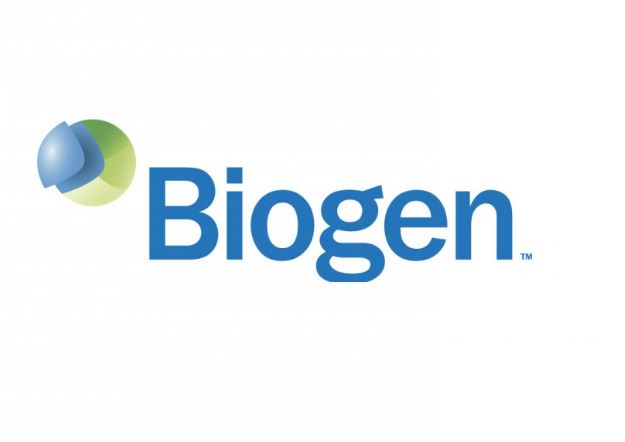EU regulators back two more orphan drugs, question of pricing remains

Two orphan medicines are heading towards the European market, after regulators recommended rare disease drugs from Biogen and BioMarin.
The European Medicines Agency's CHMP scientific committee recommended a licence for Biogen’s controversially priced drug, Spinraza, to treat the rare and often fatal muscle wasting disease, spinal muscular atrophy (SMA).
And in a separate decision, the CHMP also recommended a marketing authorisation for Biomarin’s Brineura (cerliponase alfa) for the rare neurodegenerative disorder neuronal ceroid lipofuscinosis type 2 (CLN2) disease.
The decisions came just days after uniQure admitted its high cost gene therapy Glybera has proved to be a commercial flop, at a time when patient group EURORDIS has called for more affordable orphan drugs.
There is currently no approved treatment for SMA in Europe, although this is highly likely to change as the European Commission nearly always grants a marketing authorisation shortly after a positive opinion from the CHMP.
Approved in the US late last year, Biogen charges $750,000 for six jabs of Spinraza (nusinersen) in the first year of treatment – although the price halves from the second year onwards as only three doses are required annually.
It’s unclear what Biogen’s pricing strategy will be in Europe, where the firm will have to deal with cost-effectiveness bodies from each member state, including the UK’s NICE – but the US price suggests that Spinraza will not come cheaply.
In August last year Biogen took a $75 million option to develop and market Spinraza after the phase 3 ENDEAR trial met its goal of a significant improvement in motor milestones.
Analysts think the drug could become a blockbuster, at a time when Biogen badly needs a successful drug as its multiple sclerosis drug Tecfidera (dimethyl fumarate) faces an increasingly tough market.
One analyst, Leerink’s Geoffrey Porges, said Biogen’s price for Spinraza could become as controversial as Gilead’s Sovaldi (sofosbuvir) and similar drugs, which cure hepatits C but cost tens of thousands of dollars for a 12-week course.
The CHMP also recommended a marketing authorisation for BioMarin’s Brineura (cerliponase alfa) for a very rare, fatal neurodegenerative condition in children, neuronal ceroid lipofuscinosis type 2 (CLN2) – another company that has courted controversy with its pricing strategies.
The FDA is also due to make a decision on Brineura this week, after the regulator extended its review period to mull over further data from an extension study.
In the US, BioMarin launched its Morquio A syndrome drug Vimizim (elosulfase alfa) with a controversial $380,000 per year price tag.
However in the UK NICE in late 2015 accepted the treatment with a list price of almost £395,000 per year, following 18 months of negotiations.
NICE only allows NHS funding in England as part of a “managed access” agreement, which calls for a price cap and clear start and stop criteria, so the drug is only funded while it is providing benefits to a patient.
Last week, uniQure announced that it will not reapply for an EU licence for Glybera, the most expensive drug in the world, because it proved to be a commercial flop.
The decision to axe Glybera, with a price tag of over a million euros per patient for the rare disease familial lipoprotein lipase deficiency, could be seen as a warning to other high-cost gene therapy manufacturers.
Some sources say the drug has only been used and paid for once amid concerns about its efficacy, meaning uniQure has been losing money because the cost of maintaining the manufacturing infrastructure is so high.













